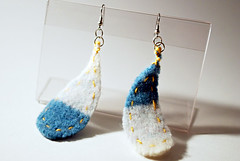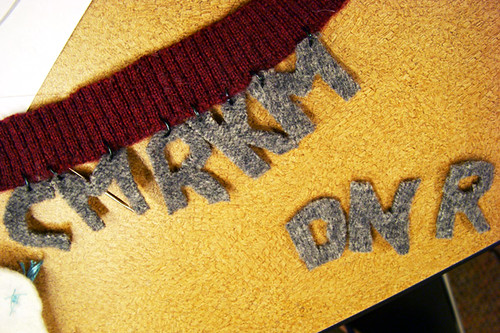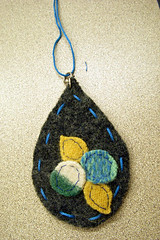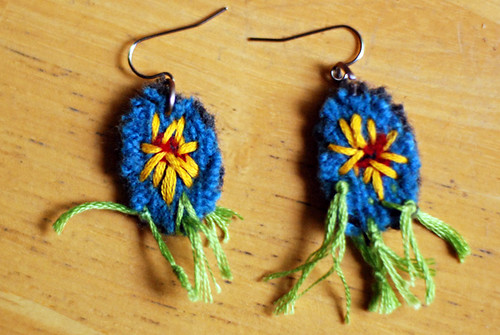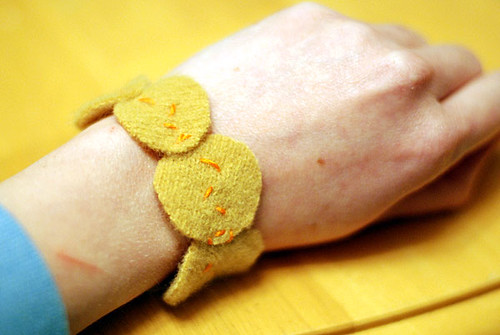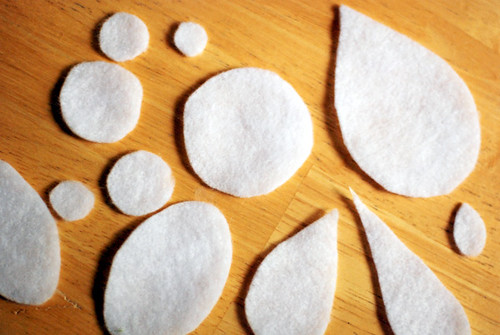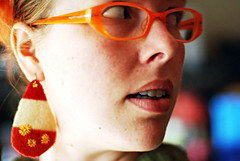Fashion for kids: Pimp those baby pants!
Sewing patterns
For the newborn pants shown above you’ll need to cut two rectangles of fabric 4″x7″ each. For the Big Butt Baby Pants I use that size for the newborn size only. I usually cut 4.5″x8″ for the medium sizes (3-12 months) and 5″x9″ for the larger sizes (18-24 months/2T). And good grief you can use these pockets for just about anything just by cutting an appropriately-sized rectangle: the length should be roughly twice as long as the width for pockets that are square or nearly square, just remember that you will lose 1/2″ on the width and length for seams.
Fold your pocket in half lengthwise:
Stitch with a 1/4″ seam around the sides that don’t have folds, leaving a 2″ gap for turning.
Clip the corners of the pocket:
Turn right side out and use a pencil or turning tool to poke out the corners.
Press the pocket flat.
Place the pocket roughly in the center of the pant leg and pin in place. It’s easiest to do this before you sew any of the pant pieces together. When I’m making Big Butt Baby pants, I usually slide the pocket slightly toward the front side of the pant (see this picture).
It’s important to make sure that the hole is not at the top of the pocket (see red pen sticking out?). Since you’ll be sewing three sides of the pocket to the pants, you want to make sure the hole is on one of those three sides. I prefer to have it on the bottom so that the folded edge of the pocket is on top. Personally I think that looks neater.
Sew around the pocket on the sides and bottom, backstitching a few times at the beginning and end to make sure it stays put.
Repeat for the other pocket. Ta-da! Pockets finished.
Now let’s look at how to add a contrast binding to the cuff.
I cut two rectangles of fabric 3″ wide and twice as long as the finished cuff is wide plus one inch (only one is shown above). When you fold it in half, the folded piece should be 1/2″ wider than the finished cuff.
Next press the strip in half lengthwise, fold the raw edges into the center crease, and fold/press in half once more.
Starting just before the inner leg seam, pin the binding strip so that one half is inside the pant leg and one half is outside, keeping front and back of the binding as even with each other as possible. The edge of the pant should be all the way down in the binding crease.
When you get back to where you started, fold under the raw edge and pin as shown:
Using a zigzag stitch, sew around the edge of the binding. The wider your zigzag, the more likely you are to catch both front and back in your stitching. Repeat for the other leg.
Wocka-wocka, those are some fine lookin’ pants!
Source: made-by-rae.com


















































